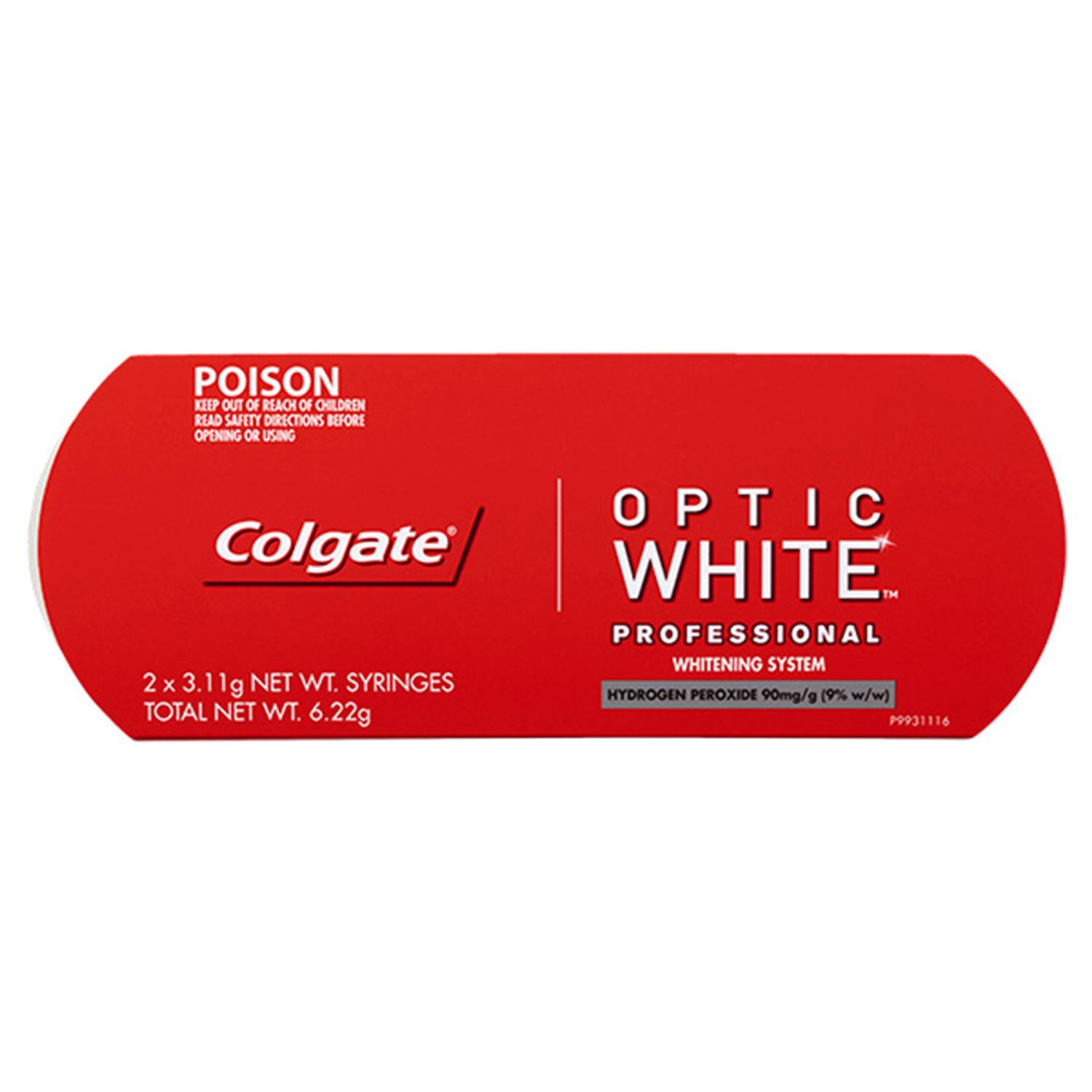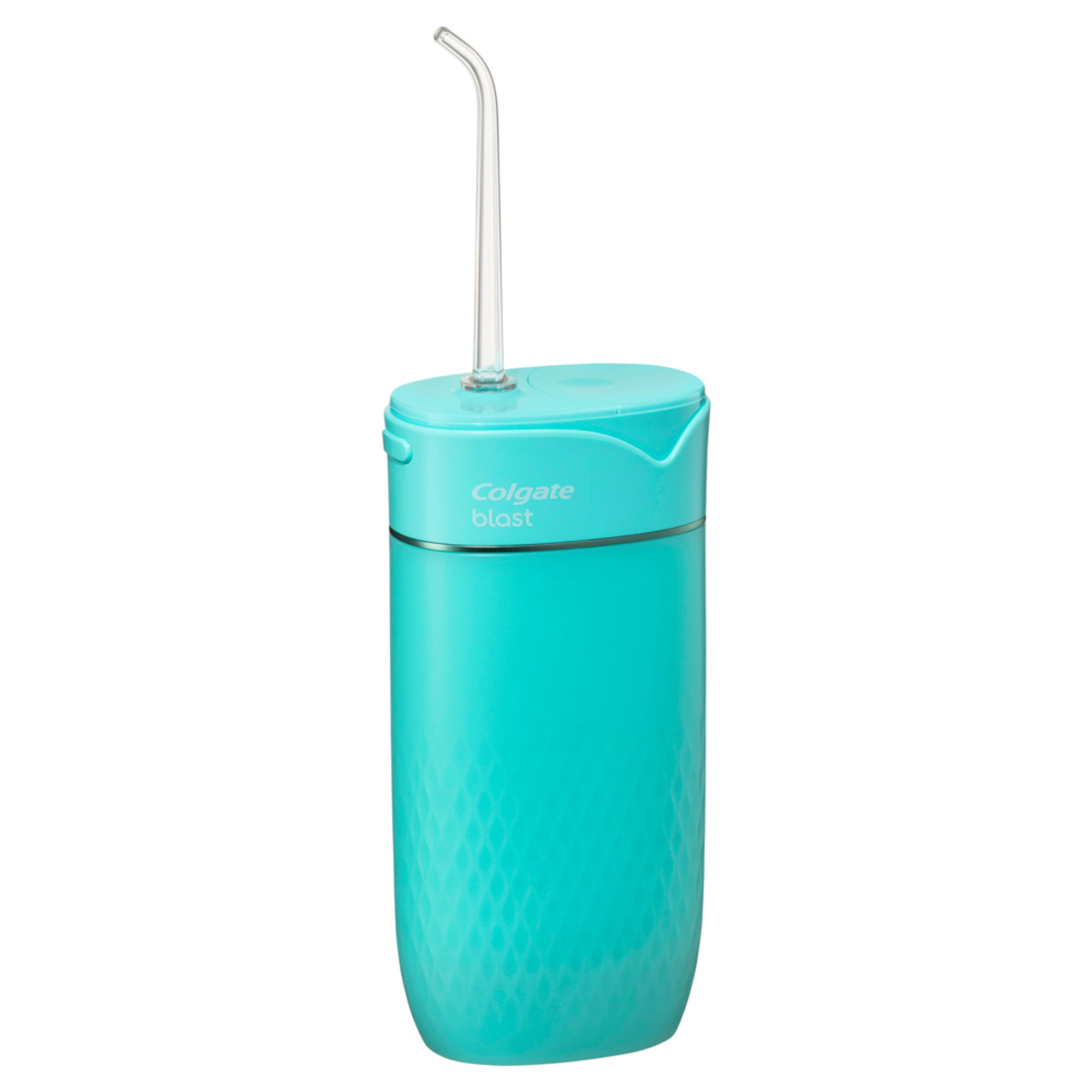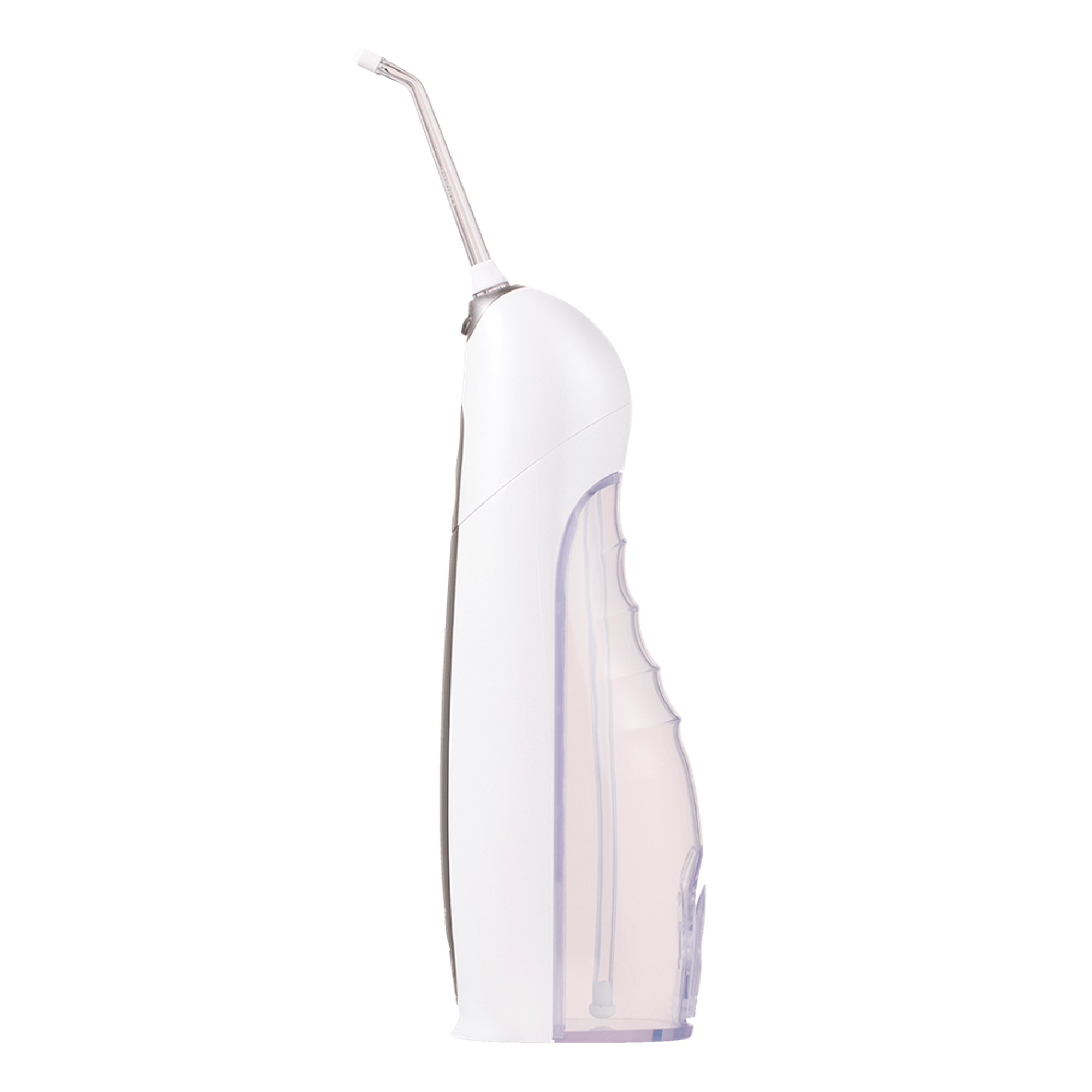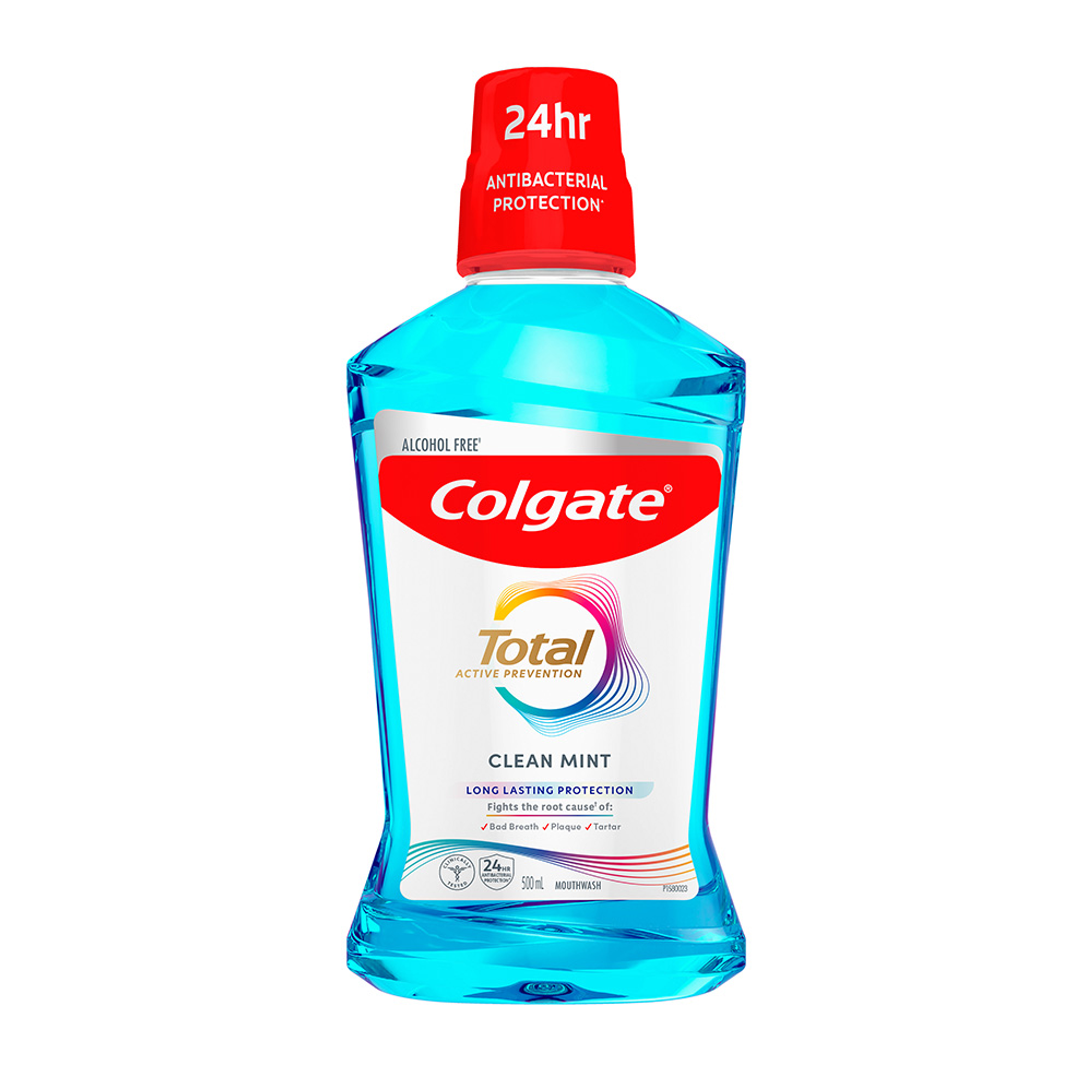-
Top Professional Products



-
Professional Articles
- Caries
- Dry Mouth
- Enamel Erosion
- Gum Issues
- Orthodontics
- Pediatric
- Sensitivity
- Whitening
- Social Responsibility
- Career Development
-
- Home
- Patient Education
- How To Floss – Flossing Tips
What is the Right Way to Floss?
Proper flossing removes plaque and food particles in places where a toothbrush cannot easily reach — under the gumline and inbetween your teeth. Because plaque build-up can lead to tooth decay and gum disease, daily flossing is highly recommended.
To receive maximum benefits from flossing, use the following proper technique:
Starting with about 50 cm of floss, wind most of the floss around each middle finger, and a few centimeters of floss to work with
Holding the floss tautly between your thumbs and index fingers, slide it gently up-and-down between your teeth
Gently curve the floss around the base of each tooth, making sure you go beneath the gumline. Never snap or force the floss, as this may cut or bruise delicate gum tissue
Use clean sections of floss as you move from tooth to tooth
To remove the floss, use the same back-and-forth motion to bring the floss up and away from the teeth
What Type of Floss Should I Use?
There are two types of floss from which to choose:
Nylon (or multifilament) floss
PTFE (monofilament) floss
Nylon floss is available waxed and unwaxed, and in a variety of flavors. Because this type of floss is composed of many strands of nylon, it may sometimes tear or shred, especially between teeth with tight contact points. While more expensive, single filament (PTFE) floss slides easily between teeth, even those with tight spaces between teeth, and is virtually shred-resistant. When used properly, both types of floss are excellent at removing plaque and debris.

Use about 50cm of floss, wind most of the floss around each middle finger, leaving a few centimeters to work with.

Gently follow the curves of your teeth.

Be sure to clean beneath the gumline, but avoid snapping the floss on the gums.
Related Articles

Oral Health For Infants And Toddlers | Colgate® Professional

Teeth whitening is one of the most commonly requested treatments by patients, and there are many reasons why patients will want to whiten their teeth.

Your teeth can become discoloured by stains on the surface or by changes in the tooth enamel and dentine. Dentists divide discolouration into three main categories:
Related Products

Help Keep Patients More Informed
Share articles, videos and PDFs to help your patients learn more about specific conditions and effective treatments for a healthier smile.





